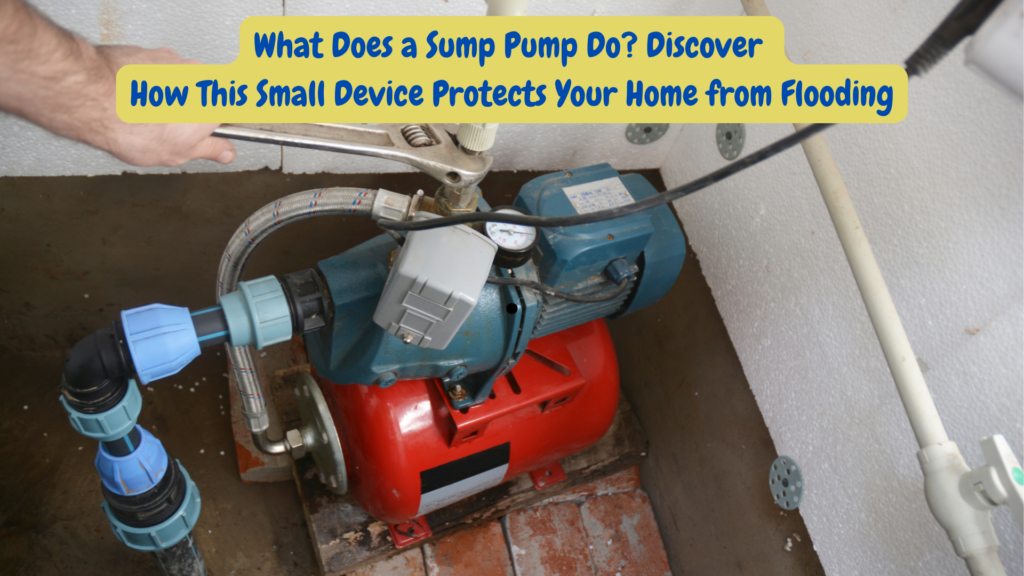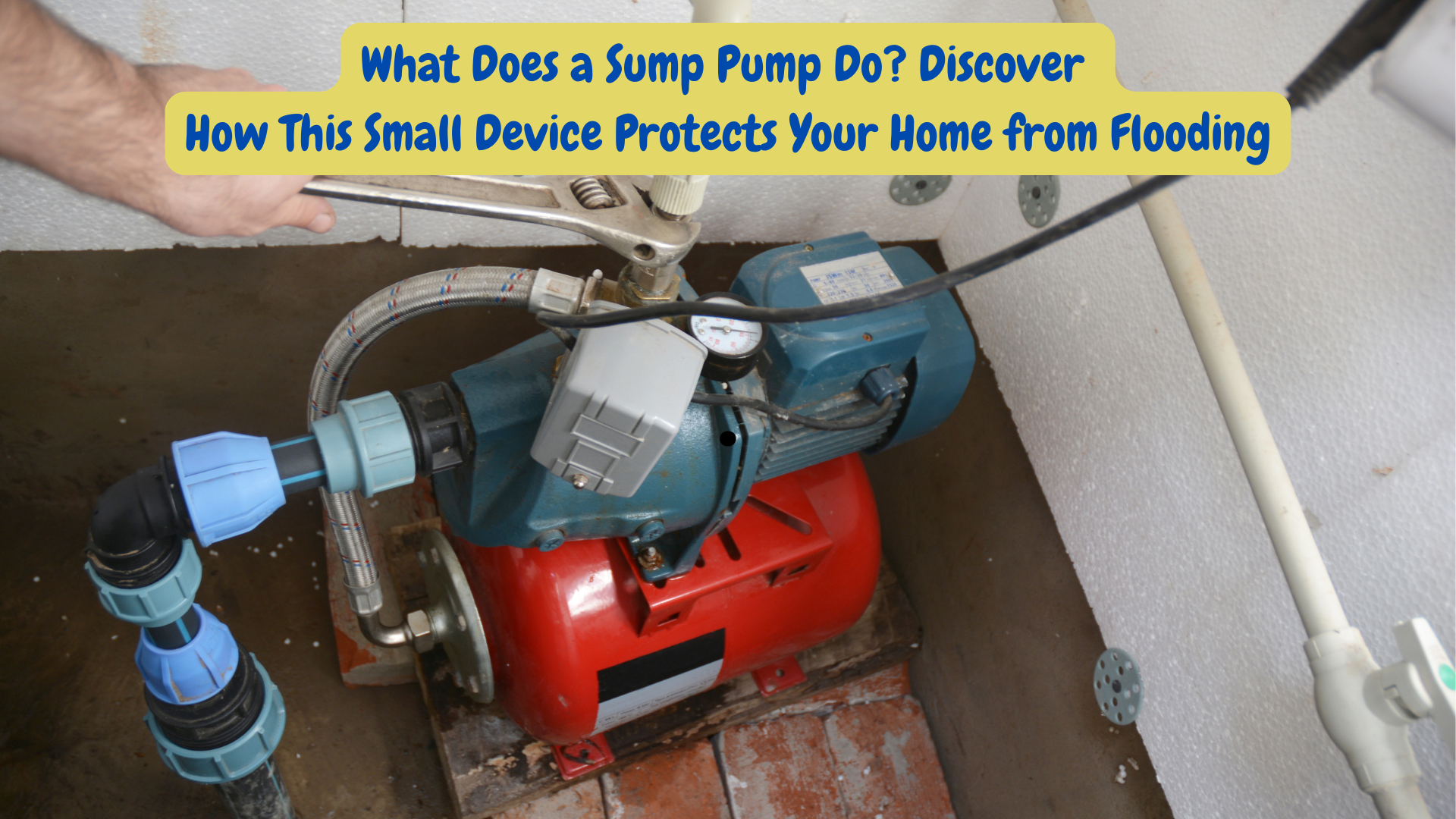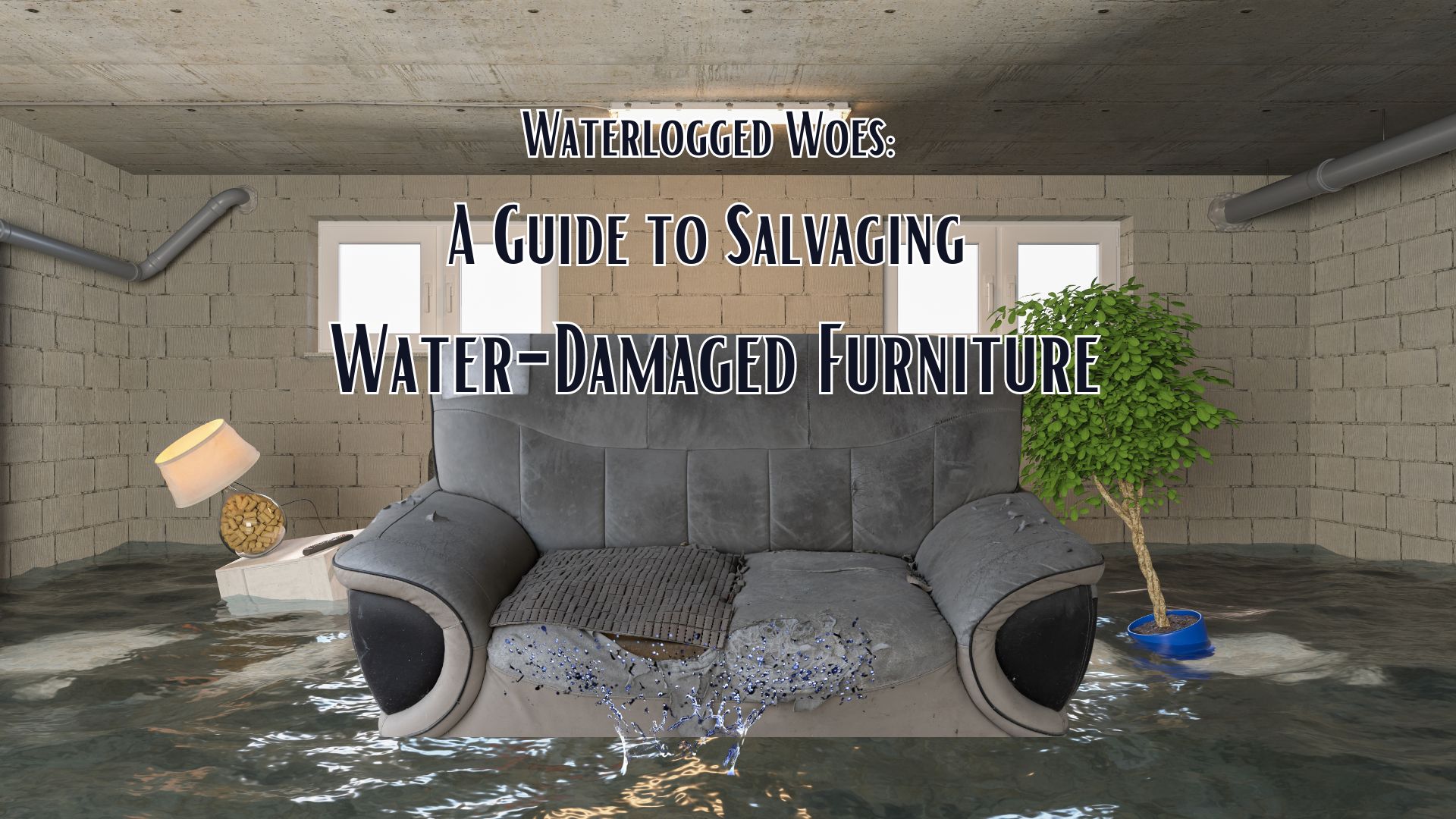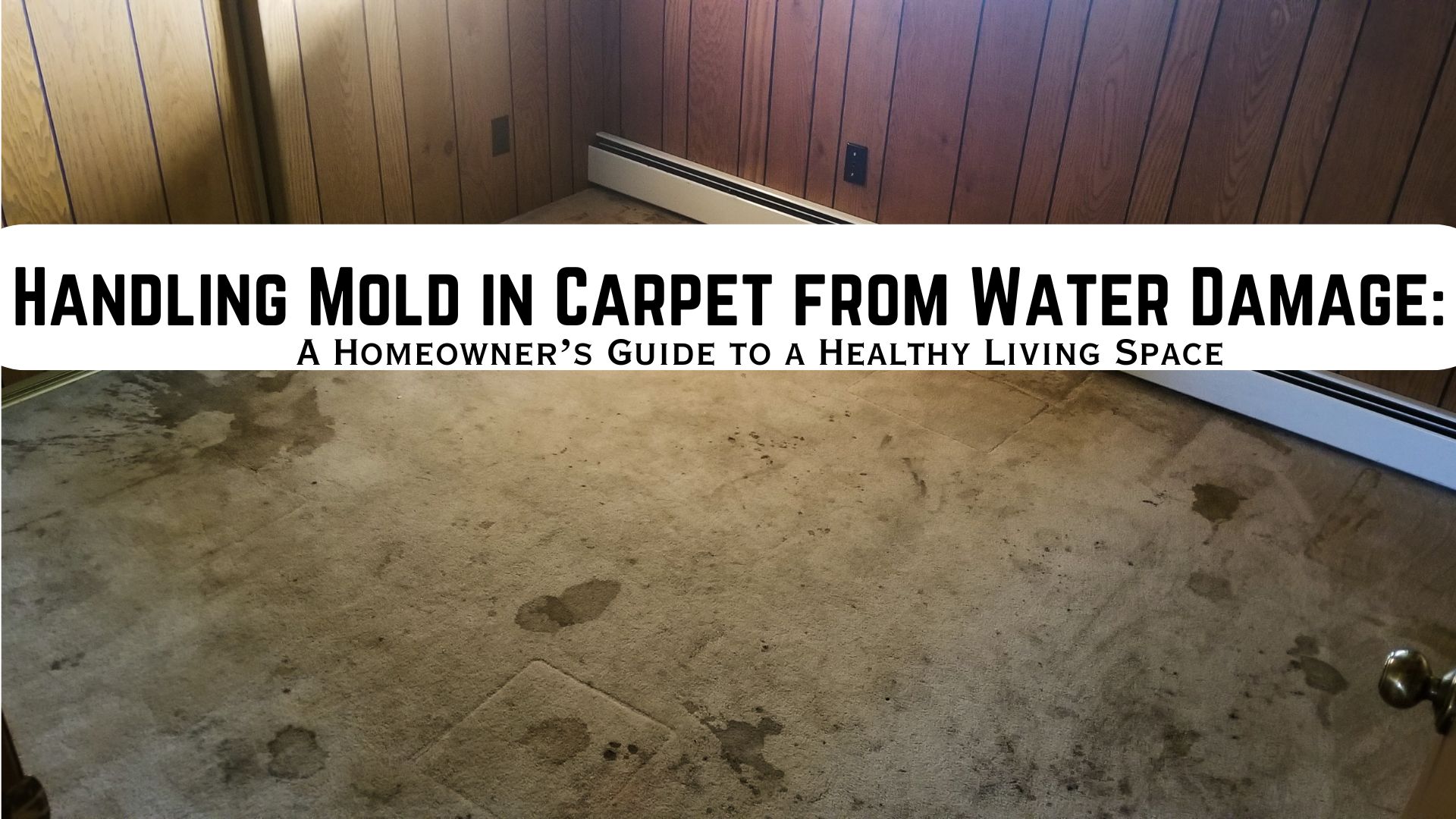
If you’ve ever wondered, “What does a sump pump do?” you’re not alone. This small but powerful device often sits out of sight in basements or crawl spaces, quietly doing its job to keep your home safe from water damage. But how exactly does this tool work, and why is it so necessary? In this article, we’ll dive deep into the world of sump pumps, explaining their role, benefits, and why every homeowner should consider having one installed.
Sump Pump: Definition and Importance
The Basics
A sump pump is a device designed to remove water that has accumulated in a sump basin, usually found in the basement of homes. This water typically comes from rain or natural groundwater that seeps into your home’s foundation. Without a sump pump, this water could cause flooding, leading to costly damage and potential health risks from mold growth.
Why Is It Important?
Water damage is one of the most common and stressful issues homeowners face. A sump pump acts as your first line of defense against basement flooding and water damage. By automatically pumping excess water out of your basement and away from your home, this device helps prevent structural damage, mold, and mildew, which can wreak havoc on your property and health.
How Does a Sump Pump Work? Breaking Down the Process
The Sump Basin: Where It All Begins
At the heart of the system is the sump basin, a pit dug into the lowest part of your basement or crawl space. This basin collects water from your home’s drainage system, such as perimeter drains, or directly from groundwater seeping in. When the water level in the basin rises to a certain point, it triggers the sump pump to kick into action.
The Pumping Mechanism: Moving Water Away from Your Home
Once activated, the sump pump’s motor powers an impeller, which pushes the water out of the basin and through a discharge pipe. The discharge pipe leads the water away from your home’s foundation, usually directing it to a storm drain, dry well, or other designated drainage area. Some sump pumps also have a check valve to prevent water from flowing back into the basin, ensuring that your basement stays dry.
The Right Type for You
Let’s tackle the two main types of sump pumps—-pedestal and submersible.
- Pedestal: These pumps have a motor mounted above the sump basin, making them easier to service. They tend to last longer but are more visible and can be noisy.
- Submersible: These pumps are fully submerged in the sump basin, making them quieter and more discreet. They are typically more powerful and can handle larger volumes of water, but they may not last as long as pedestal pumps.
Whether you choose a pedestal or submersible sump pump will depend on your unique needs, such as the amount of water your basement typically faces and your priorities for noise and upkeep.
Common Objections: Addressing Concerns
“I Don’t Have a Basement, So I Don’t Need a Sump Pump.”
Even if your home doesn’t have a basement, this device can still be beneficial, especially if you live in an area prone to heavy rainfall or flooding. Crawl spaces, garages, or any area below ground level can be at risk for water accumulation. Installing a sump pump in these areas can help prevent water damage and protect your home’s foundation.
“Sump Pumps Are Expensive and Hard to Maintain.”
While installing a pump does require an upfront investment, the cost is often much lower than the potential damage from a flooded basement. Maintenance is relatively simple, involving periodic checks to ensure the pump is working correctly and that the discharge pipe is clear. Many homeowners find that the peace of mind a sump pump provides is well worth the investment.
The Benefits of Having a Sump Pump: Protecting Your Home and Health
Preventing Flood Damage
The most obvious benefit of this device is its ability to prevent flood damage. By automatically removing water from your basement, a pump can save you thousands of dollars in repair costs. It also reduces the risk of damage to personal belongings, appliances, and furniture stored in the basement.
Reducing Mold and Mildew Growth
Excess moisture in your basement can create the perfect environment for mold and mildew to grow. These fungi can cause respiratory problems, allergic reactions, and other health issues. A sump pump can contribute to a healthier home by keeping your basement dry and preventing mold and mildew problems.
Protecting Your Home’s Foundation
Water can weaken your home’s foundation over time, leading to cracks, shifts, and other structural problems. A sump pump helps protect your foundation by keeping water away from it, ensuring the long-term stability and safety of your home.
Installation and Maintenance: Keeping Your Sump Pump in Top Shape
Professional Installation vs. DIY
While some homeowners may feel comfortable installing this pump themselves, professional installation ensures that the job is done correctly. A professional can also assess your home’s specific needs and recommend the best type and drainage system for your situation.
Regular Maintenance Tips
Maintaining your sump pump is essential for its long-term performance. Here are some simple maintenance tips:
- Test the Pump Regularly: Pour a bucket of water into the sump basin to ensure the pump activates and pumps the water out effectively.
- Inspect the Discharge Pipe: Check that the discharge pipe is free of clogs and that it directs water away from your home’s foundation.
- Clean the Sump Basin: Remove any debris, dirt, or gravel that could clog the pump or reduce its efficiency.
- Check the Battery Backup: If your sump pump has a battery backup, test the battery regularly to ensure it’s charged and functioning properly.
Open Loop: What Happens if Your Sump Pump Fails?
While sump pumps are generally reliable, they can fail. In our next article, we’ll explore what to do if your sump pump stops working, and how to prevent such failures in the future.
Conclusion: Don’t Wait for a Flood to Take Action
Understanding what a sump pump does and how it protects your home is crucial for any homeowner, especially those living in areas prone to heavy rainfall or high water tables. By installing this device and maintaining it properly, you can safeguard your home against flooding, mold, and structural damage. Don’t wait for a flood to take action—invest in a sump pump today and enjoy the peace of mind that comes with knowing your home is protected.
For emergency water damage and mold damage issues, contact our 24/7 office, Superior Restoration.



